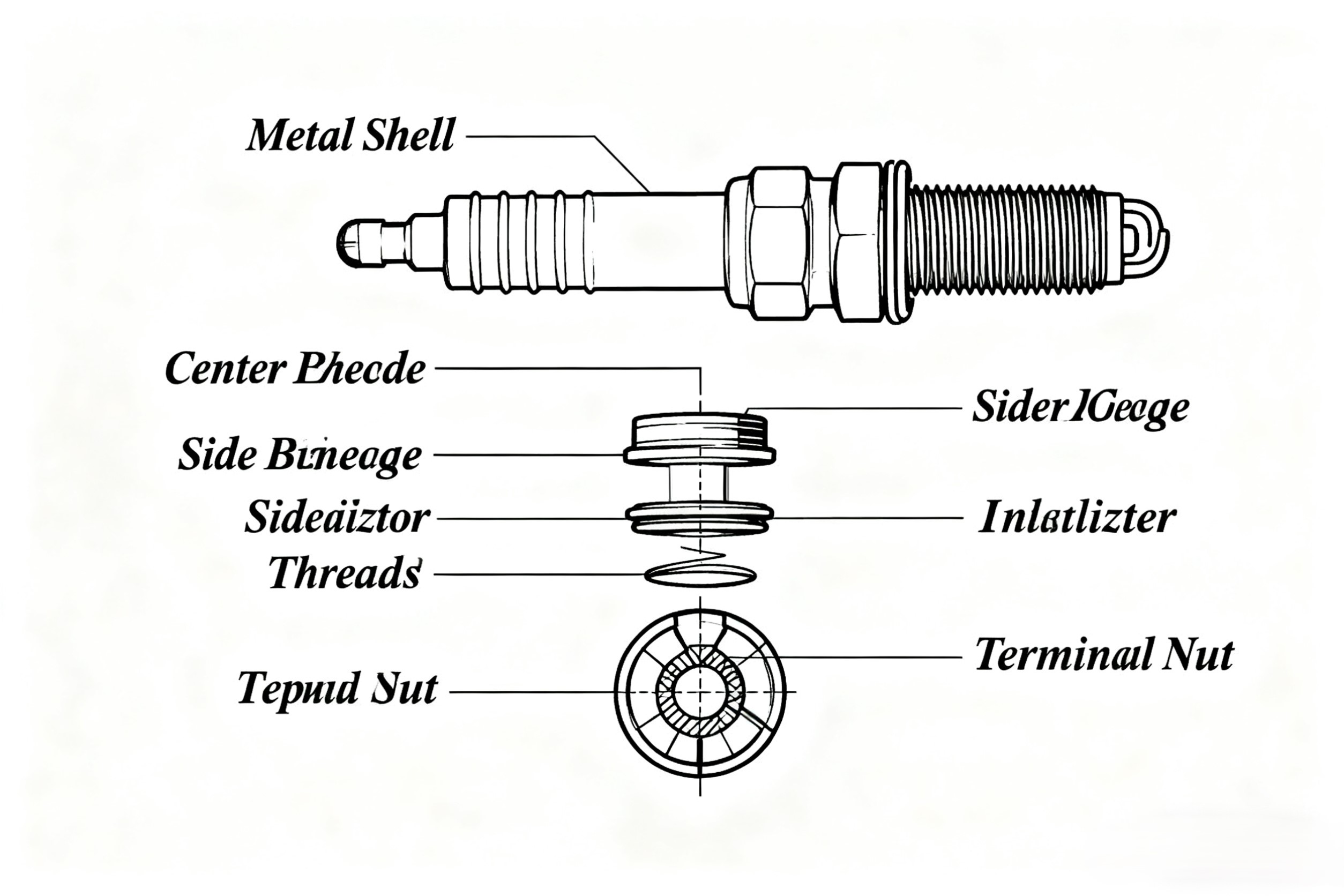



Have you ever experienced that frustrating moment when you turn the key (or push the button) and your car struggles to come to life, cranking over and over again? Or perhaps you’ve felt a unsettling jerk or hesitation when you try to accelerate onto the highway? Maybe you’ve just noticed that trips to the gas station are becoming more frequent without any clear reason.
Before you blame bad fuel, a failing fuel pump, or a complex engine computer issue, there’s a very good chance the culprit is a component no bigger than your thumb – the humble spark plug. This small but mighty part is the unsung hero of your engine, the critical "match" that lights the fire powering every single journey you take. Ignoring it can lead to a cascade of problems, from minor annoyances to catastrophic engine damage.
In this multi-part ultimate guide, we will delve deep into the world of spark plugs. We'll explore what they are, why they are so vitally important, how to know when they need replacing, how to choose the right ones, and whether you should replace them yourself.

At its core, a spark plug is a precisely engineered device that fits into your engine's cylinder head. Its sole purpose is to ignite the compressed air-fuel mixture inside the combustion chamber of each cylinder. Think of it as a miniature lightning bolt generator, creating a precise and powerful electrical spark tens of thousands of times per minute.
A typical spark plug consists of several key parts:
Your engine is essentially an air pump. It sucks in air and mixes it with a fine mist of fuel. This mixture is drawn into a cylinder where a piston compresses it to a fraction of its original volume. At the exact moment of maximum compression—the "perfect time" in the engine's cycle—the engine control unit (ECU) commands the ignition system to fire.
This is the spark plug's moment. A surge of high-voltage electricity (anywhere from 20,000 to over 100,000 volts!) is sent to the plug. This voltage is so high that it overcomes the resistance of the air/fuel mixture in the gap, ionizing the gases and creating a channel of plasma—this is the spark. The spark superheats the mixture to over 4,500°C (8,000°F), causing it to explode and expand rapidly.
This controlled explosion is what drives the piston down with tremendous force, which turns the crankshaft, which ultimately powers the wheels of your car. This process happens in each cylinder in a precise firing order, hundreds of times every second you are driving.
The spark plug's performance directly dictates the efficiency and quality of this combustion event.
In essence, the spark plug is the final, critical link in the chain of converting chemical energy (gasoline) into mechanical energy (wheel movement). If this link is weak, the entire system suffers.
The demands on this small component are almost unbelievable. With every spark, it is subjected to:
In the next article, we will focus on the clear warning signs that your spark plugs are tired and need to be replaced. Don't ignore these symptoms, as they are your car's way of crying out for help.